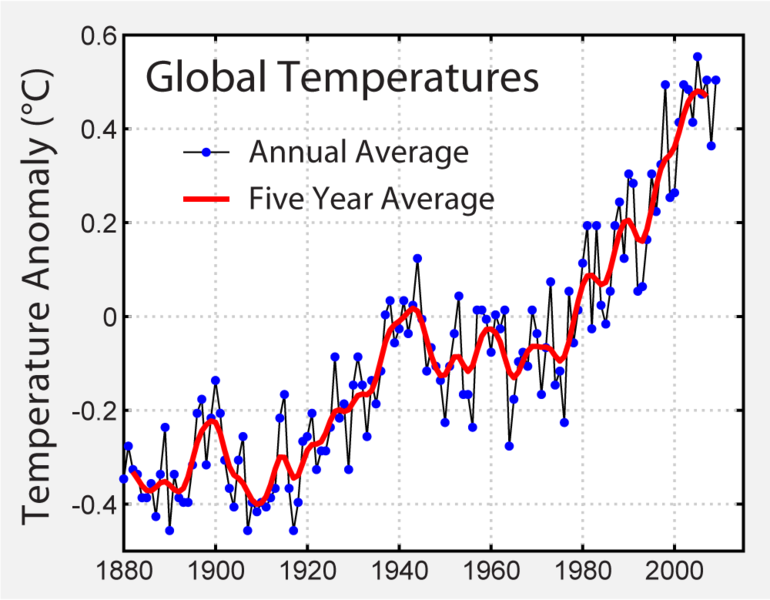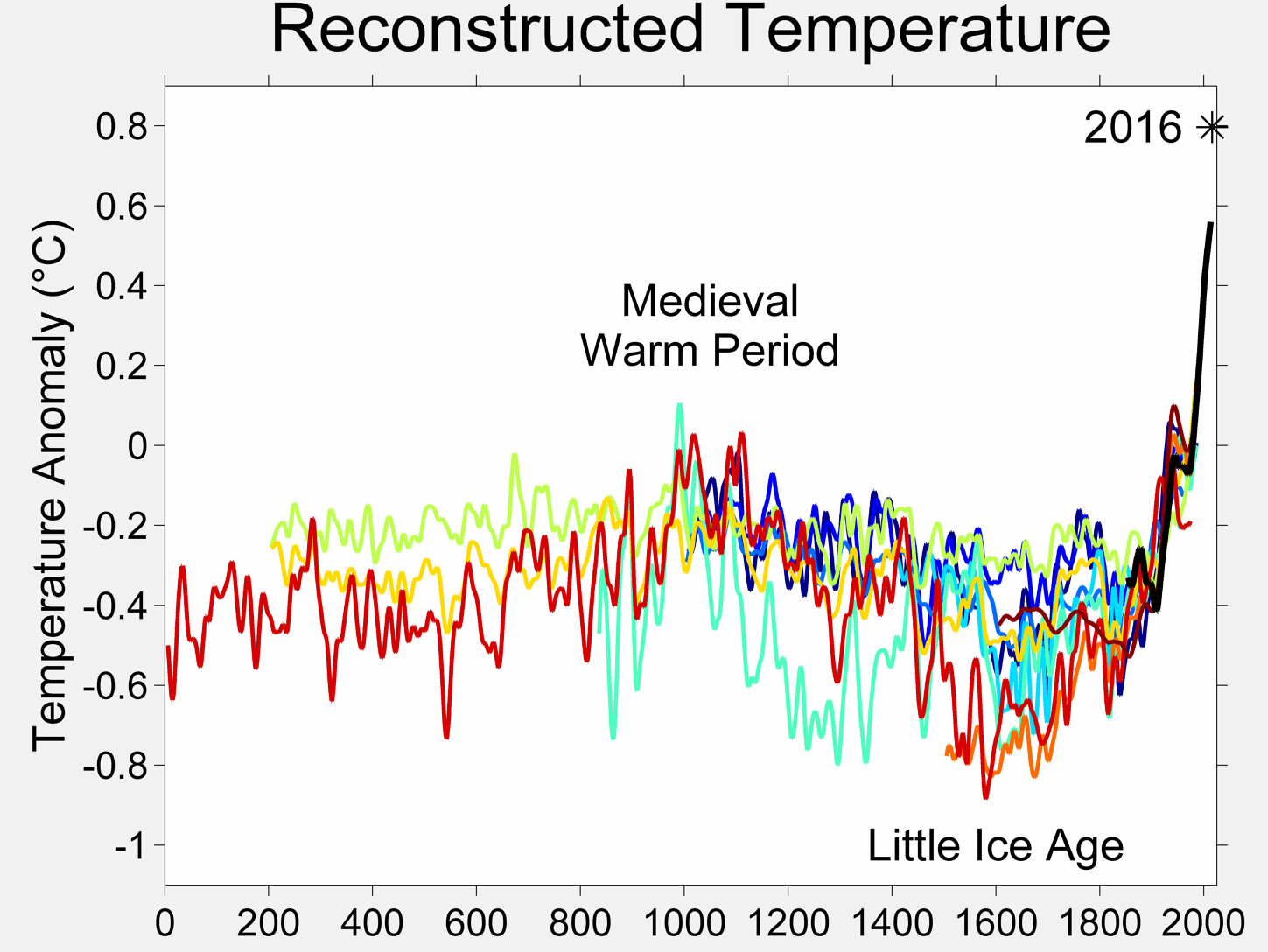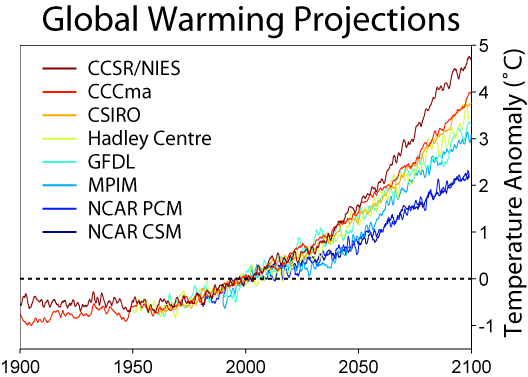The United Nations Climate Change Conference in Cancún Mexico completed today, resulting in a broad multinational (non-binding) agreement to reduce greenhouse gas emissions globally. Given the lack of success of previous climate change conferences, the participants are to be lauded for coming to any agreement with this broad of a platform. Also given that as recently as 10 years ago some scientists were still skeptical about the impact of fossil-fuel carbon emissions on global climate change, from a political standpoint, what the UN accomplished at Cancún these past three weeks is actually pretty huge. And realistically, given the global economy right now, they probably could not have achieved any more than they did, at this point.
Unfortunately, what they achieved is still probably too little and too late to accomplish much more than slightly delaying the inevitable. The cornerstone of the agreement calls upon industrially developed and developing nations to limit greenhouse gas emissions and modify forestry practices to ultimately limit global temperatures to less than 2°C above pre-industrial levels. The problem is that global temperatures have already risen more than 1°C above pre-industrial levels, and we are both burning fossil fuels and deforesting at a far higher rate now than at any time since the industrial revolution. So while limiting global warming to 2°C is a noble goal, at this point it's frankly unrealistic.
Let's do a quick review of how the earth's temperature cycle works, and why it is that carbon emissions are such a problem for maintaining its equilibrium.
We start with the total amount of short-wave insolation (INcoming SOLar radiATION) entering the earth's atmosphere as 100%. About 36% of that is reflected back into space by clouds, the atmosphere or the land and water. Another 13% is absorbed into the atmosphere, and another 51% is absorbed into the earth and water. Subsequently, 56% of the toal insolation is re-radiated back to space from the atmosphere, and the remaining 8% is re-radiated directly from the land and sea back to space as long-wave radiation. So long as these numbers balance, temperatures on earth remain more or less constant. But even a tiny change in the amount of radiation entering or leaving the earth will slowly but continually increase or decrease the temperatures on earth's surface.
Greenhouse gasses such as carbon dioxide allow short-wave insolation to enter the earth's atmosphere and surface, but limit the amount of long-wave radiation re-radiated from the earth's surface to escape. Some amount of geenhouse effect is critical for human life on earth: without it, average surface temperatures on earth would be around -20°C (-4°F), as opposed to the 15°C (59°F) we currently enjoy.
However, the industrial revolution and the subsequent burning of fossil fuels has altered the balance of greenhouse gasses in our atmosphere, and has also increased the heat input into our atmosphere at the same time. Since 1750 the concentrations of CO2 in our atmosphere have increased by 36%, and the concentrations of methane have increased by 148%. Increase the greenhouse gasses and you decrease the amount of radiation which can escape from earth back to outer space, without decreasing the radiation coming in from space. Equilibrium is disrupted, and the earth warms. The best projections based on the best modeling we have right now indicate that global temperatures by the end of the 21st century will be between 2°C and 5°C higher than what they are in 2010.
Which means that the UNCCC's goal of a "mere" 1°C increase is probably unobtainable.
All of this reminds me of the French reliance on the Maginot Line during the lead-up to World War II. Subsequent to the lessons in trench warfare learned in the first World War, France built a substantial network of fortifications along the French/German border to repel or at least delay a German invasion. Lesser fortifications were also built along France's border with Belgium. On 10 May 1940 Germany successfully attacked Fort Eben-Emael on the Belgian/Dutch border, and proceeded from there to breach the lesser fortifications on the Belgian/French border, effectively circumventing the Maginot Line altogether. The invasion of France was bloody and swift, and Paris fell on 14 June 1940. Even when flanked and attacked from behind the line, the Maginot held; only 10 of the 58 major fortifications of the Maginot Line were captured or destroyed. But the nation it was built to defend fell quickly to Nazi occupation.
The Cancún conference seems an awful lot like the Maginot Line. It's a fairly robust "fortification" to reduce the rate of increase of carbon emissions. But the existing levels of CO2 and methane have already exceeded the threshold necessary to cause runaway global warming. Unless we work aggressively to mitigate the damage which has already been done as well as drastically reducing future emissions, all of the work done at Cancún is just whistling in the graveyard.
The complete texts of the UN Climate Change Conference in Cancun (COP 16 / CMP 6) are available here:
COP 16 / CMP 6





No comments:
Post a Comment